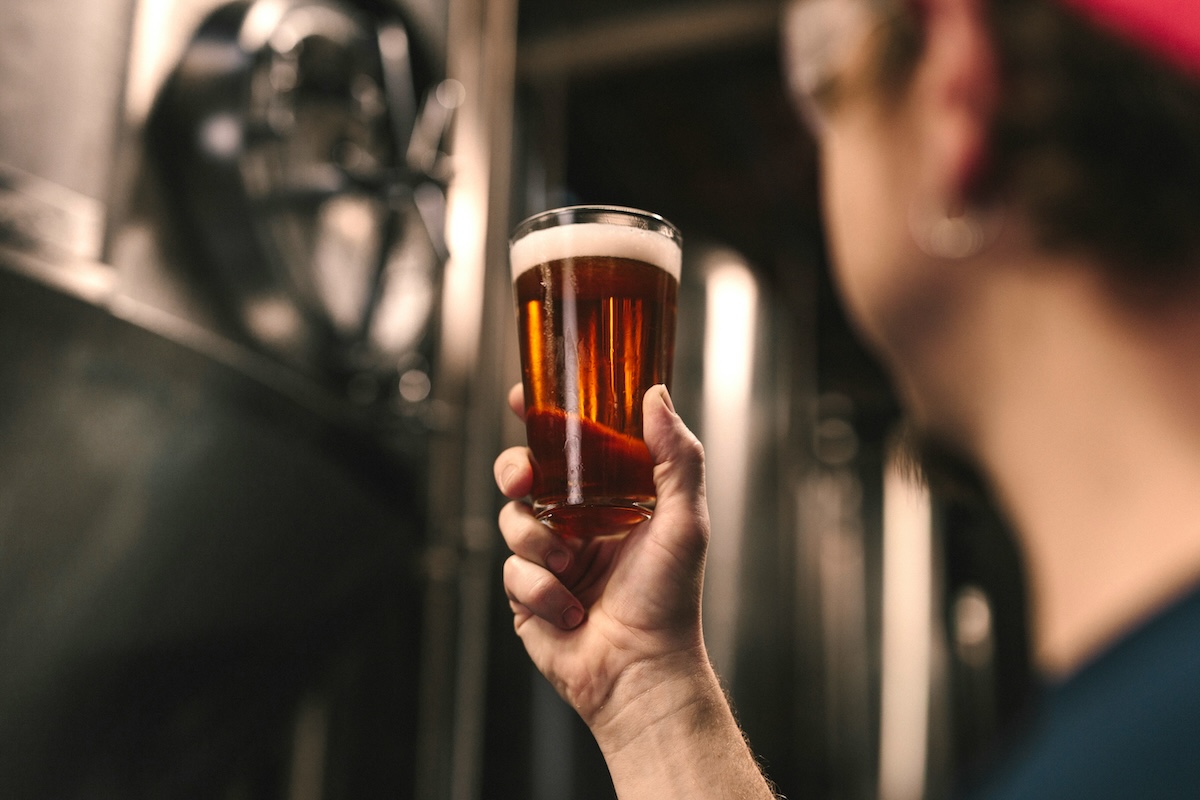

Nothing hits quite like an ice-cold beer does. But its price at the local pub or supermarket says a lot about the cost of living in a country. So where's the world's best value beer? Deutsche Bank went and found out.
Every year, Deutsche Bank takes the pulse of global affordability with its Mapping the World’s Prices report, a sweeping snapshot of how much it costs to live—and drink—around the world.
The 2025 edition covers 69 cities and converts everything into US dollars to compare like for like. It includes the price of a 500ml bottle of beer, measured in supermarkets or convenience stores, alongside everyday expenses like jeans, McDonald’s meals, rent, and petrol.
Deutsche Bank’s Mapping the World’s Prices 2025 is part travel guide, part economic litmus test. It compares the cost of living across 69 major global cities, translating local prices into US dollars to show relative purchasing power.
The report draws on a blend of Numbeo’s crowdsourced consumer price data and official sources from Bloomberg and Apple, then standardises those figures using current exchange rates. The goal isn’t just to identify where things are cheap or expensive, but to highlight how cost structures differ between economies.
By tracking recurring consumer items—from beer and iPhones to rent and transport—the report offers a grounded snapshot of real-world inflation and income pressures. It has become a cultural artefact as much as an economic one, showing how lifestyle costs shift as cities boom, cool, or price out their own middle class.
The results paint a fizzy picture of global economics: where your dollar buys you two beers in one city, it might barely cover a sip in another. What stands out in 2025’s edition is how global inflation has rebalanced old assumptions. The gap between the cheapest and most expensive cities has narrowed slightly as living costs rise almost everywhere.
Deutsche Bank’s 2025 report finds that beer lovers get the best value in Eastern and Central Europe, where local brews remain cheap even as other consumer costs rise. Cities like Prague, Warsaw and Budapest continue to dominate the affordable end of the scale, with a 500ml bottle of beer typically costing under $2 USD in local supermarkets.
At the other extreme, Nordic capitals and Asian city-states are where your wallet feels it most. Oslo, Singapore, Hong Kong and Tokyo feature among the most expensive places to buy beer, with bottles fetching $6–$8 USD—roughly four times the price paid in Europe’s beer heartland.
Australia sits somewhere in the middle. Sydney’s average supermarket beer price lands between $3–$4 USD, placing it around the global median. That means Aussies aren’t paying top-shelf prices for their brews, but they’re certainly not getting continental bargains either.
Deutsche Bank’s methodology focuses on local retail pricing rather than bar or restaurant costs. Each city’s average is calculated using Numbeo’s crowdsourced data and converted to US dollars using contemporaneous exchange rates, offering a fair snapshot of everyday affordability.
Beer is just one piece of Deutsche Bank’s broader “middle-class lifestyle cost index,” which blends daily essentials with big-ticket purchases to reveal how far your money stretches across 69 global cities. Alongside beer, the report tracks:
• Car ownership and fuel costs — the price of a new Volkswagen Golf 1.4 Trendline or equivalent, plus petrol per litre, showing wide gaps between oil-rich economies and import-dependent nations.
• Public transport — the cost of a monthly commuter pass, from Tokyo’s efficient networks to Sydney’s Opal system.
• Smartphones — specifically, the iPhone 16 Pro (128 GB), which remains a global luxury item, often exceeding $2,000 AUD in high-tax markets like Turkey and Brazil.
• Everyday items — jeans, summer dresses, coffee, Big Macs, cinema tickets, and gym memberships, all part of the consumer basket.
• Housing and connectivity — rent for a two-bedroom apartment, broadband internet, and data plan costs, providing a wider view of affordability and lifestyle.